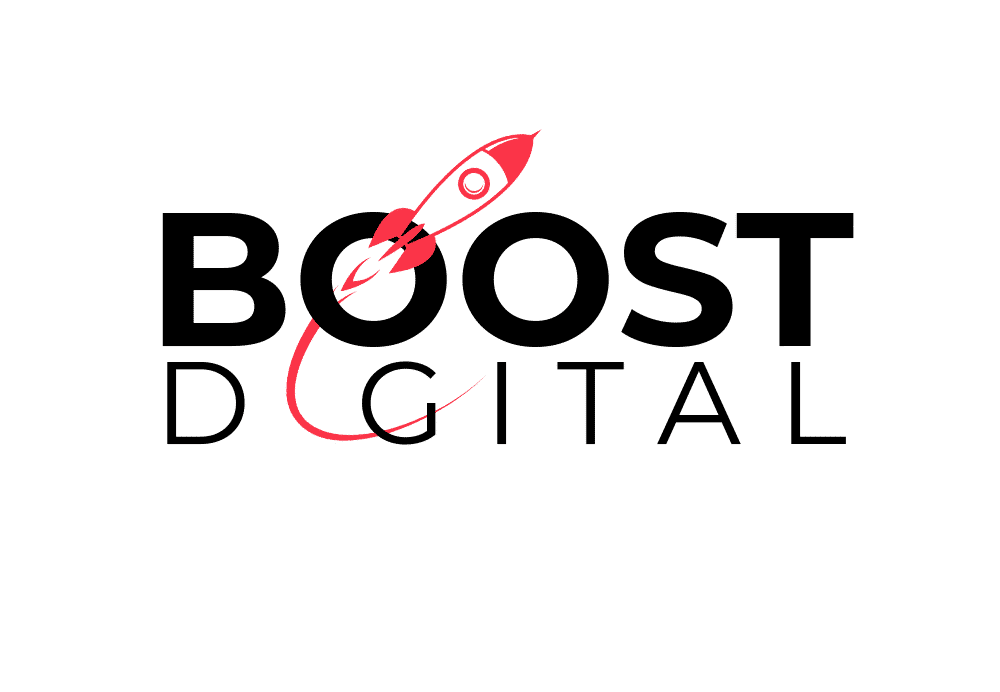
Copywriting rearranges words to make things better. It is a textual form of sales. But it is much more than that. Good copywriting shows value and shows your customers that it is worth working with you. The quality of your message must prove that you are trusted in your industry, and you are a thought leader who will meet their needs. To achieve this, online content must meet several important points including:
- Creating and maintaining a professional image
- Address your audience
- Be focused on a specific purpose
- Show value and turn into sales

Copywriting consists of words either written or spoken, by which marketers try to get people to take action after reading or hearing them.
Of course, that makes sense doesn’t it? But how do you produce content that converts? Today, we want to share with you the tools and processes used to create great content for our clients.
This guide helps you in the first few stages of a copywriting project, so let’s start with the fact that your business can make more money.
The process of copying text that makes money
As your business grows, you will need compelling copywriting to help you move people from the “thinking” phase to the “buying” phase. This will be achieved with high quality content that is produced and published in a strategic way.
Copywriter makes a living by writing great content for its customers that is used by their blogs and websites. We will explain the primary tools used to research and organize content before writing.
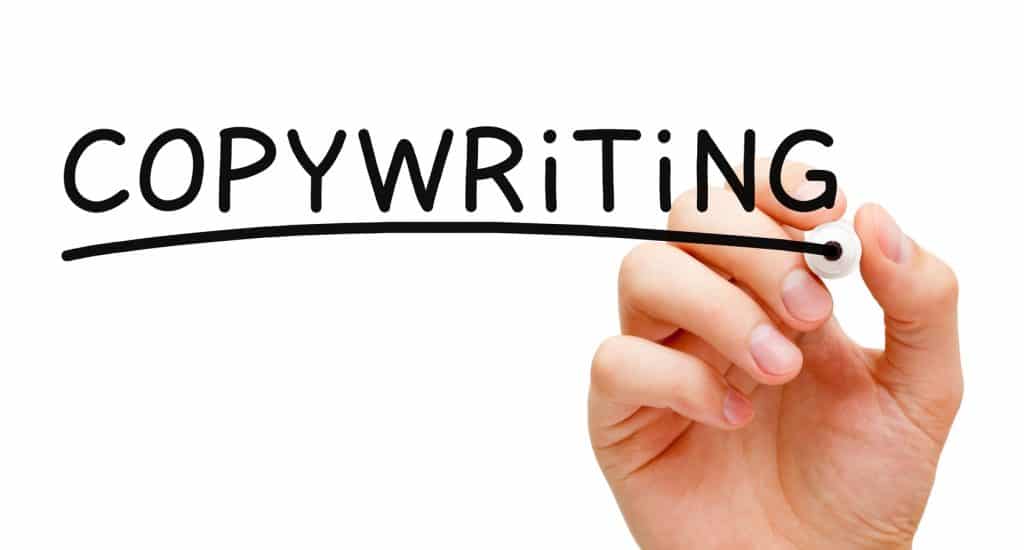
Big start: Research phase
The research phase of content writing is the most important phase of the whole process. The only way your content will be effective is if all parts of the copywriter project work together through all media and a consistent message. I should always spend at least 30 minutes in the research phase considering different aspects to help with the transcription effort. Some of the things to check include:
- Read the existing brand literature. Things like a website and blog posts help to understand the tone of the message to be maintained in a new content writing project.
- Researching the competition will help you understand your market position. Information about your competitors will help you find gaps in the market, so you can create content for the needs of your audience that is not currently satisfied.

- Customer research is an essential component of research. Knowing what your audience is looking for and the type of information they are looking for is an easy way to understand your audience and create relevant content based on their needs.
- Look at existing marking guidelines to make sure your tone meets their expectations. There is nothing worse than creating great content that cannot be used because the copy does not match the desired tone of the company.
The first thing we do when we download a new copy project is to enter SEMrush and type a keyword on the “Overview” tab. In this example, we will write the content of a website about “dog grooming” for a pet supplier.
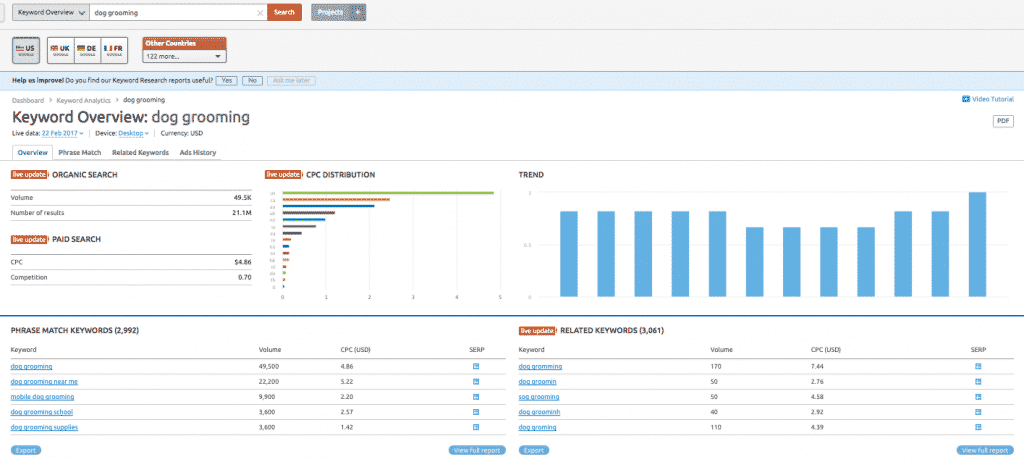
Just a quick glance when we look at this data we can say that the keyword is quite sought after and there are some interesting word repetitions that can be used for semantic SEO purposes or be topics for new blog posts. This means that the topic is relevant and could be valuable to readers.
Because we know the keyword is relevant, we’ll search the “SEO Content Template” tab for more information. This card offers great insights to help you create content for your internet audience. There is a lot of valuable information on this card, including:
The main competition around a certain keyword and topic. Semantically related keywords. These keywords can be integrated into your content to be found by search engines, and these keywords are a great way to run your copy project. General statistics on the length of the title, copy and other recommendations. They are great for helping you outline different elements of your content, so you know the basic theme of what you should be targeting.

With this data, you can quickly and easily build a structure based on existing content, what your customers are looking for, and your business goals.
While SEMrush offers other tools to help create great content, these two tools can give you a great start in the research phase of any copy project.
Now that you know the primary keywords and recommendations to highlight your content, you can begin the process of creating content.
Discovering and exploring compelling angles
After reviewing keywords, competitors, and reading some other blog posts on the subject, you can start writing some valuable SEO-tailored content.
This content in the copy must contain various keywords that search engines will find. It can be difficult to start a project, but a great tool to help you in the content research phase is a great online tool called Article Insights.
This tool can help you get inspired by a topic by looking at existing content on your topic. Basically, this content curation tool will help you find relevant content to guide and guide you in the content development process.
The first thing to do in Article Insihts is to enter the keyword we want to write. Once we enter the term, we will present up to 75 keywords and 75 sources that surround the topic you are interested in.
Keywords are grouped into segments so you can develop content around a specific topic. This makes it really easy to match the research with the keywords we chose from SEMrush.
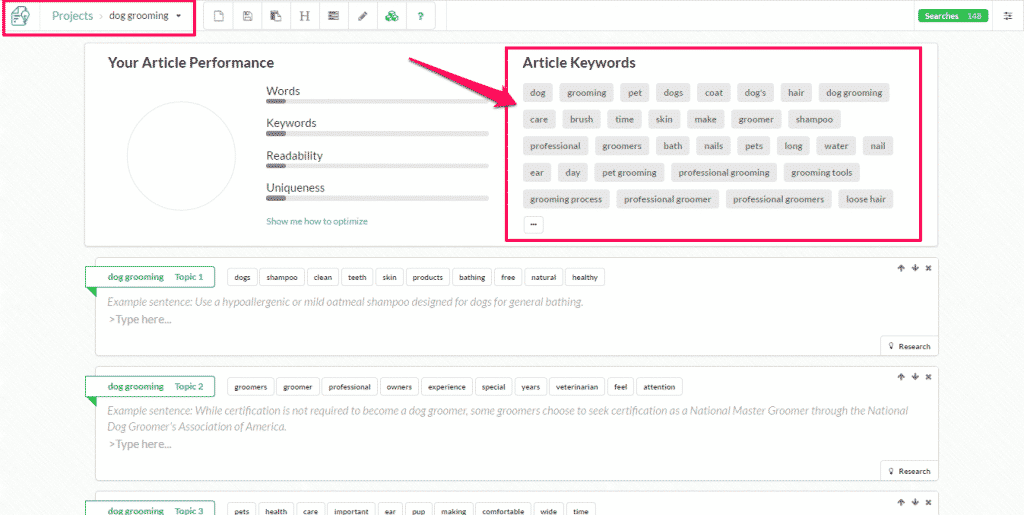
As you gather resources and find interesting angles, you will begin to develop relevant content for your audience. Although you should not copy existing data, using Article Insights can help you plan, create, and research a topic.
Organization and expansion of content
Now that we’ve identified the main elements we’re going to incorporate into our content, we can start diving in and writing great copywriting that our audiences will love.
To help with this process, we need to be aware of the optimization techniques on the page that we will include in the writing. Creating a spreadsheet and outlining the different terms we want to use in an article is always helpful. This can be achieved by creating a quick spreadsheet that provides basic information to help us guide, including:
- The main topic to focus on
- Primary keywords
- Secondary keywords and LSI keywords to include.
- Resources, sources and references.
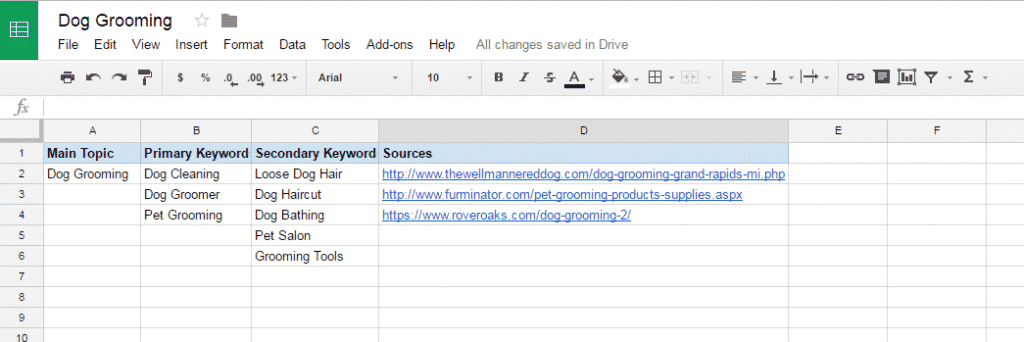
This spreadsheet will help you focus your content throughout the process. You don’t necessarily need this type of spreadsheet, but I’ve found that it halves our content production process.
Instead of relying on memory and waiting between different tabs, you can turn to this consolidated list to make sure your content meets the needs of your audience and that search engines find it. It is best practice to include keywords in your H2 tags as this helps your audience follow your thinking pattern and helps search engines understand your content.
Sometimes it’s hard to find the right headers, so we use the sleek feature of Article Insihjts to get the advantage.
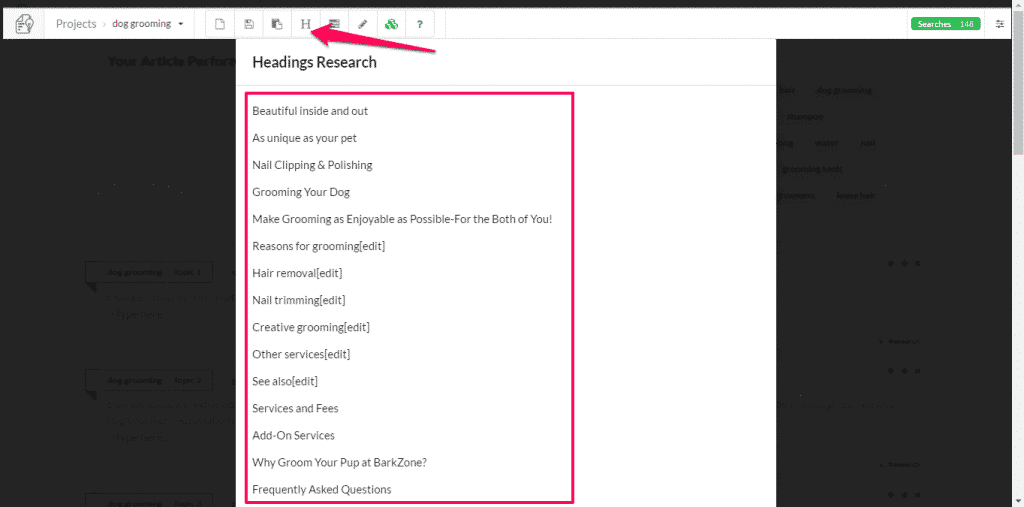
At the moment, we have keywords, resources, and a great start to the header to help us organize and expand our content. Once you get these elements, you should be ready to write great content that will be valuable to your audience!
More texts on Digital Marketing, Social Networks and Web Design can be found here.
